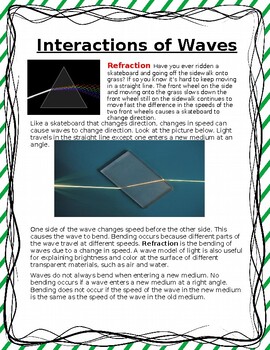

A big difference between the single and double slits, however, is that the equation that gives the bright fringes for the double slit gives dark fringes for the single slit. For the single slit, each part of the slit can be thought of as an emitter of waves, and all these waves interfere to produce the interference pattern we call the diffraction pattern.Īfter we do the analysis, we'll find that the equation that gives the angles at which fringes appear for a single slit is very similar to the one for the double slit, one obvious difference being that the slit width (W) is used in place of d, the distance between slits. With the double slit, each slit acted as an emitter of waves, and these waves interfered with each other. The analysis of the resulting diffraction pattern from a single slit is similar to what we did for the double slit. When we talked about sound waves we learned that diffraction is the bending of waves that occurs when a wave passes through a single narrow opening. This reverses the order of the colors in the second band. In double rainbows the second, dimmer, band, which is higher in the sky than the first, comes from light reflected twice inside a raindrop. If you were in a plane or on a very tall building or mountain, however, you could see a complete circle. Rainbows are usually seen as half circles. The other colors are found between these, making a rainbow.

You see red light coming from water droplets higher in the sky than violet light. The different colors, which were all combined in white light, are now dispersed and travel in slightly different directions. Light from the sun enters a spherical raindrop, and the different colors are refracted at different angles, reflected off the back of the drop, and then bent again when they emerge from the drop. When you see a rainbow in the sky, you're seeing something produced by dispersion and internal reflection of light in water droplets in the atmosphere. This is called dispersion, because light is dispersed into colors by the material. Likewise, all the different shades of red light cover a range near 700 nm.īecause the refractive index depends on the wavelength, light of different colors (i.e., wavelengths) travels at different speeds in a particular material, so they will be refracted through slightly different angles inside the material. There are different shades of violet, so violet light actually covers a range of wavelengths near 400 nm. This doesn't mean that all violet light is at 400 nm. Red light has a wavelength of about 700 nm, while violet, at the other end of the visible spectrum, has a wavelength of about 400 nm. For visible light, light of different colors means light of different wavelength. The index of refraction actually depends on the frequency of light (or, equivalently, the wavelength). Dispersion, Diffraction and Diffraction GratingsĪlthough we talk about an index of refraction for a particular material, that is really an average value.


 0 kommentar(er)
0 kommentar(er)
